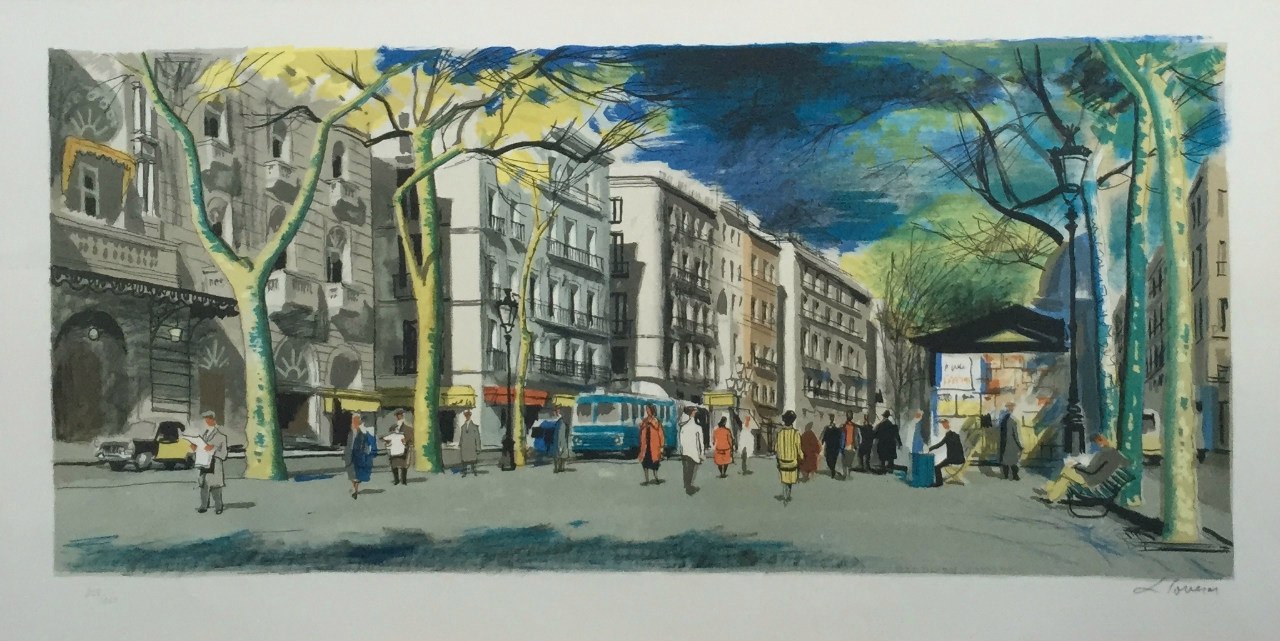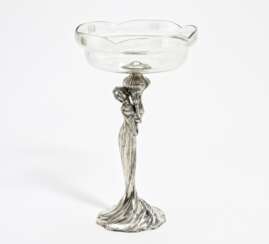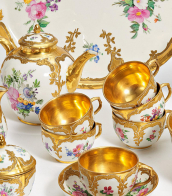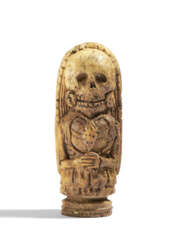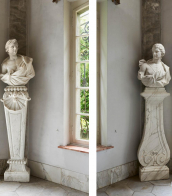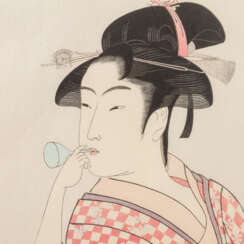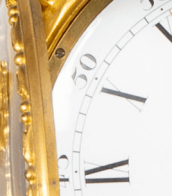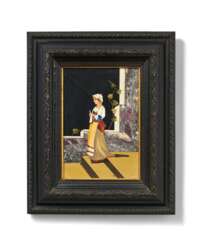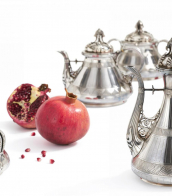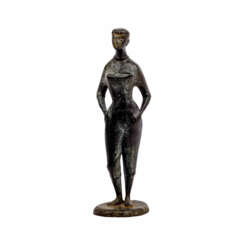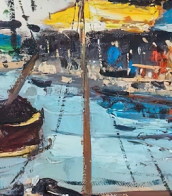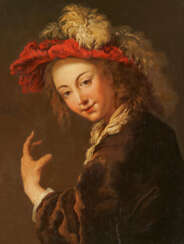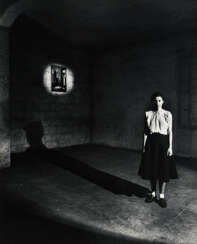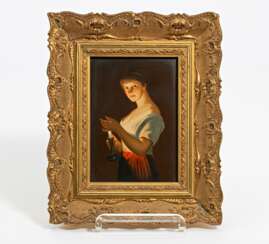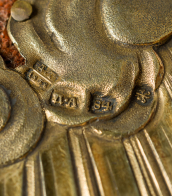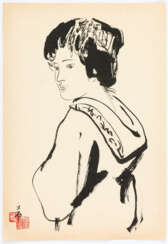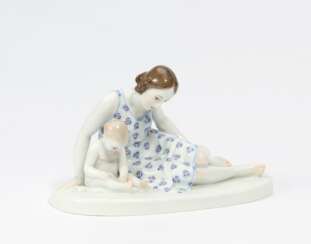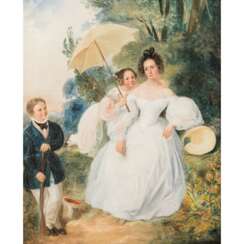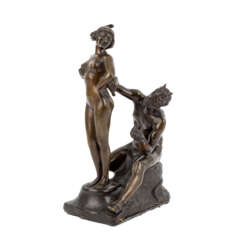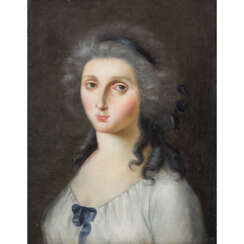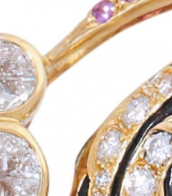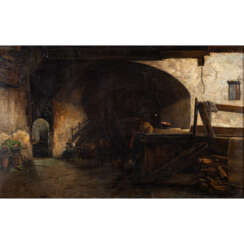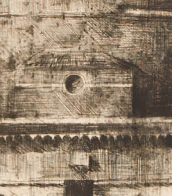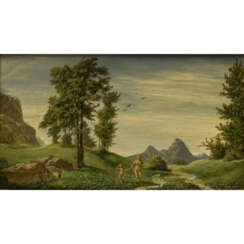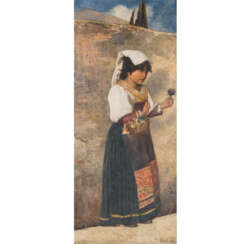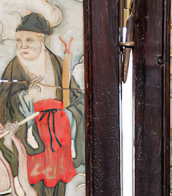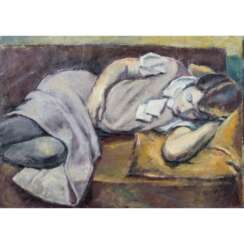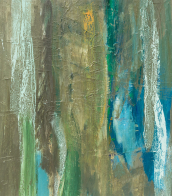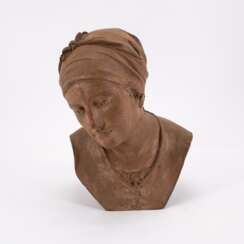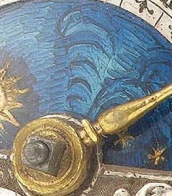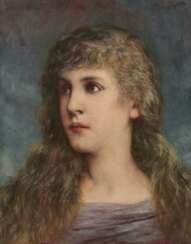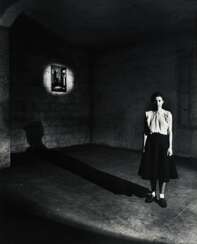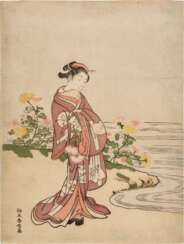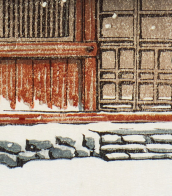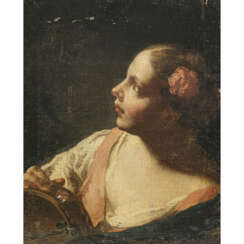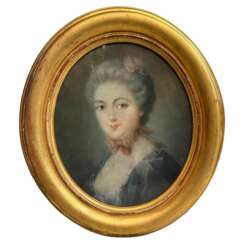young woman
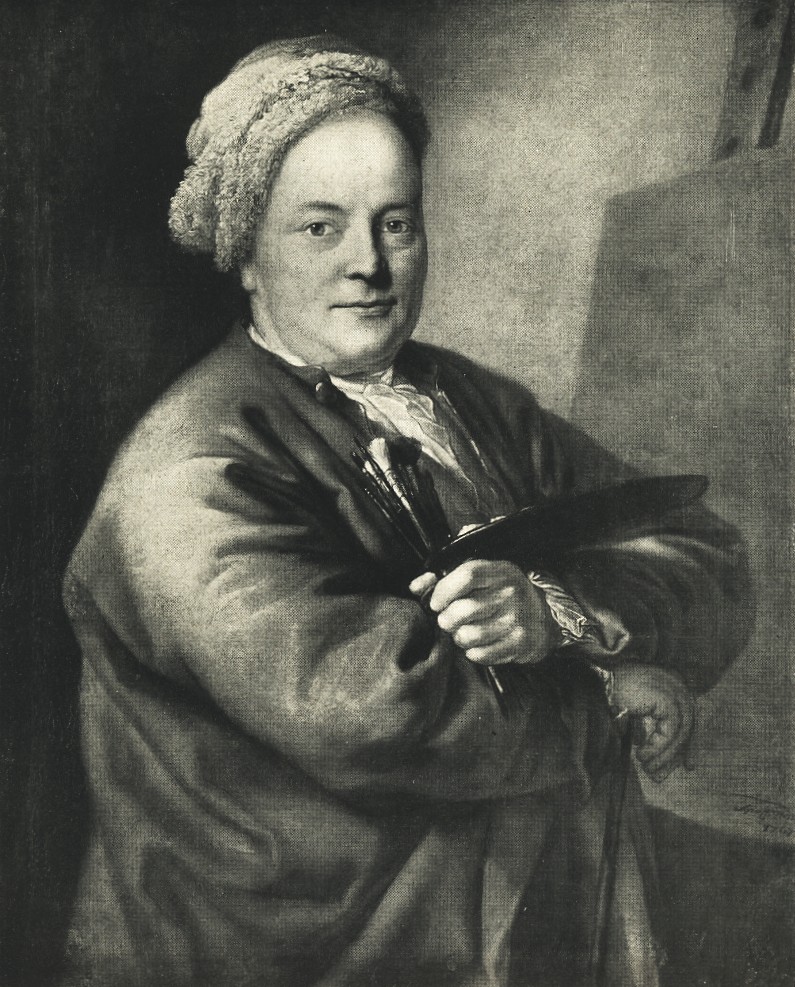
Christian Wilhelm Ernst Dietrich, also known as Christian Guillaume Ernest Dietricy, was a German painter and printmaker.
He was born in Weimar, Thuringia, into the family of the court painter Johann Georg Dietrich, and received his first training from his father. Dietrich worked in a variety of techniques and artistic movements of his time.
The talented artist took up any subjects: stories from the Old and New Testament, allegory and mythology, as well as portraits, genre scenes, portrayed ordinary people and livestock, painted coats of arms and vignettes, and more.
In 1764, Dietrich was appointed director of the painting school of the Meissen porcelain manufactory. The following year he became a professor at the Dresden Academy of Fine Arts. Works of Christian Wilhelm Dietrich can be found in many museums in Europe.

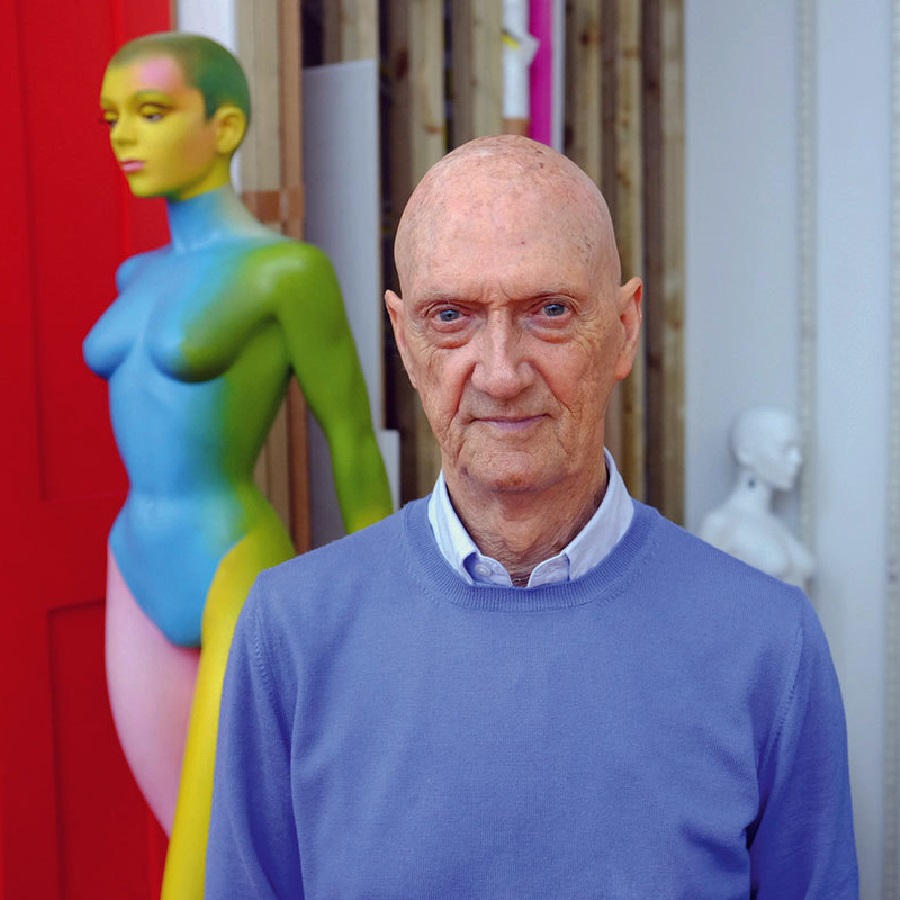
Allen Jones is a British pop artist and a senior member of the Royal Academy of Arts. He is known for his paintings, sculptures and lithographs on the theme of human sexuality. He was awarded the Prix des Jeunes Artistes at the 1963 Paris Biennale.
Allen Jones' most famous work is "Hat Stand, Table and Chair," created from "fetish" fiberglass mannequins.
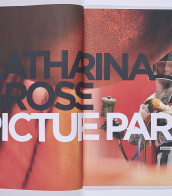
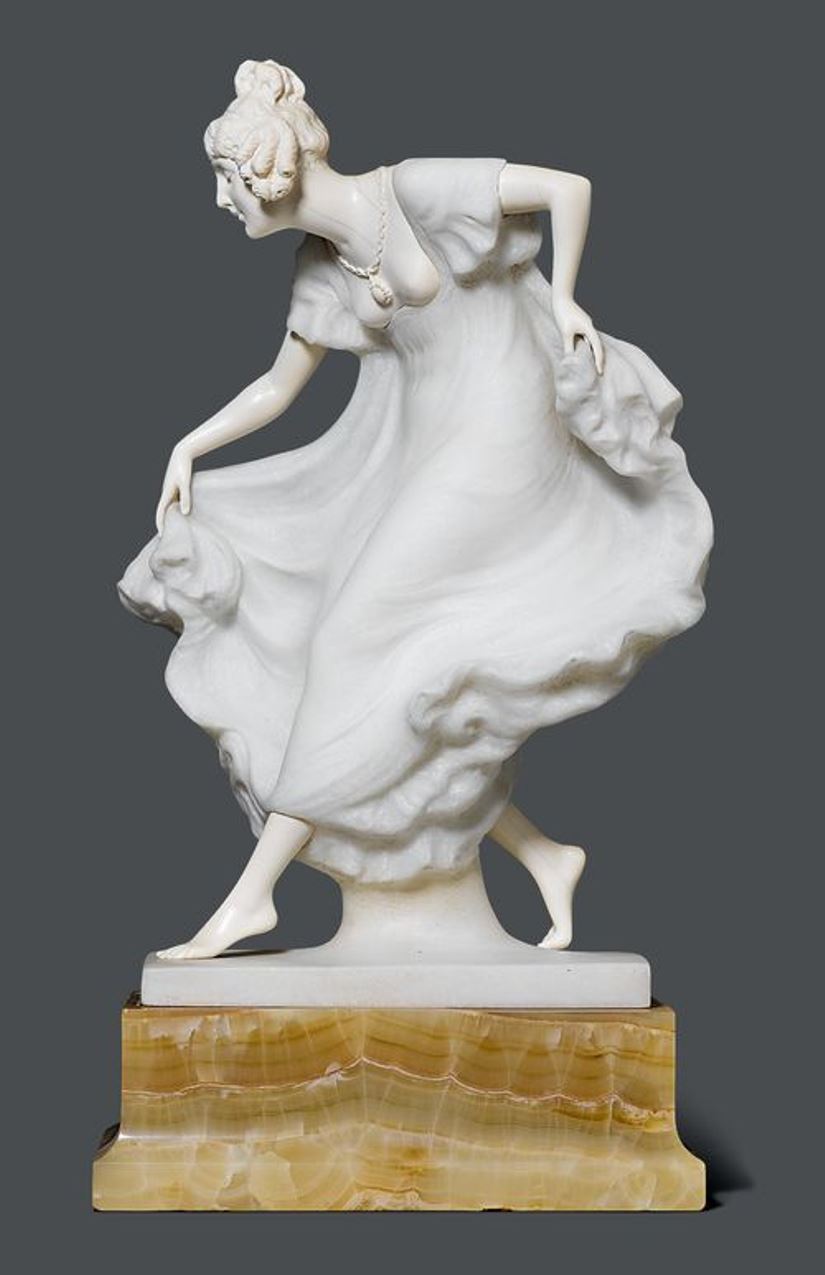
Ernst Seger was a German sculptor and medalist, professor.
Seger studied at the Breslau School of Art with Robert Hertel and Christian Behrens, he also studied in Paris, and from the late 1880s he first executed large commissions for public monuments. The sculptor worked in Auguste Rodin's studio in Paris before opening his own studio in Berlin. Ernst Seger became famous primarily for his Art Nouveau female nudes.
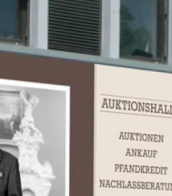
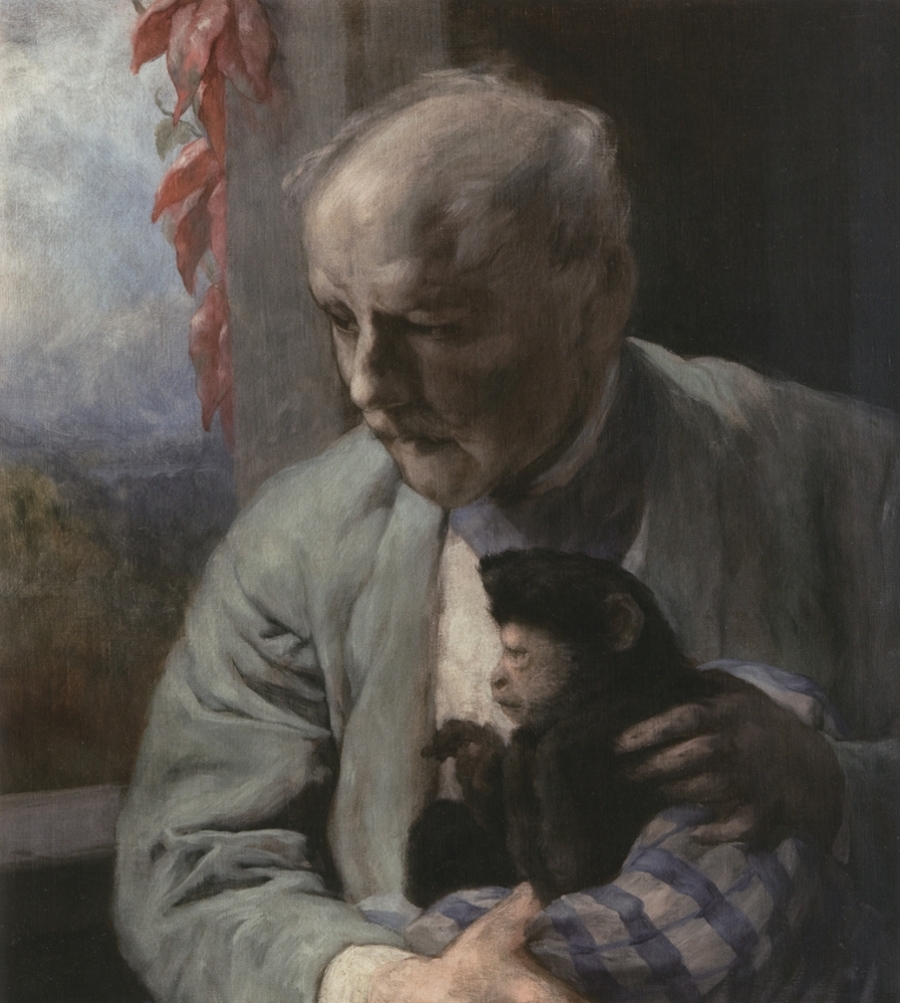
Gabriel Cornelius Ritter von Max was a Prague-born Austrian painter.
Gabriel von Max was a significant artist to emerge from the Piloty School, because he abandoned the themes of the Grunderzeitliche (genre and history), in order to develop an allegorical-mystical pictorial language, which became typical of Secessionist Art.

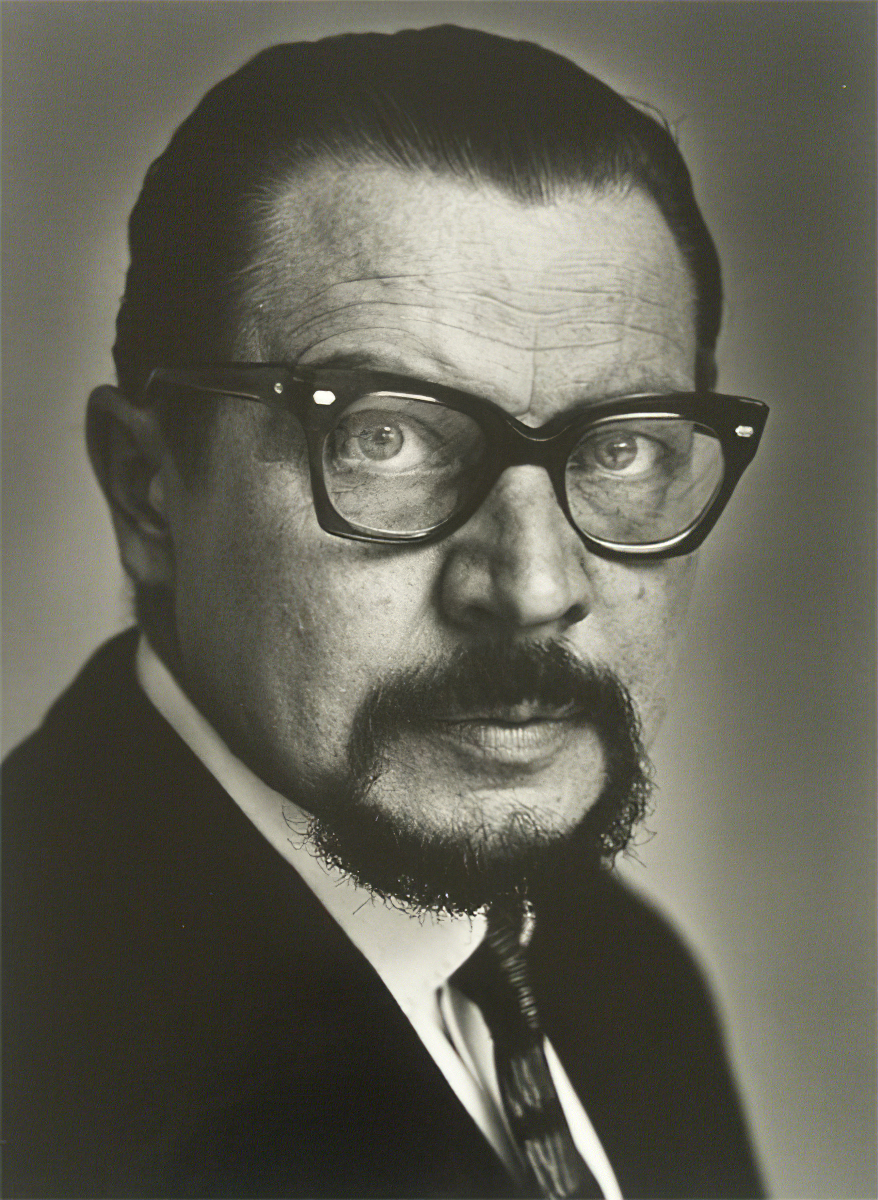
Otto Steinert was a German photographer.
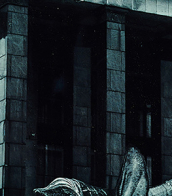
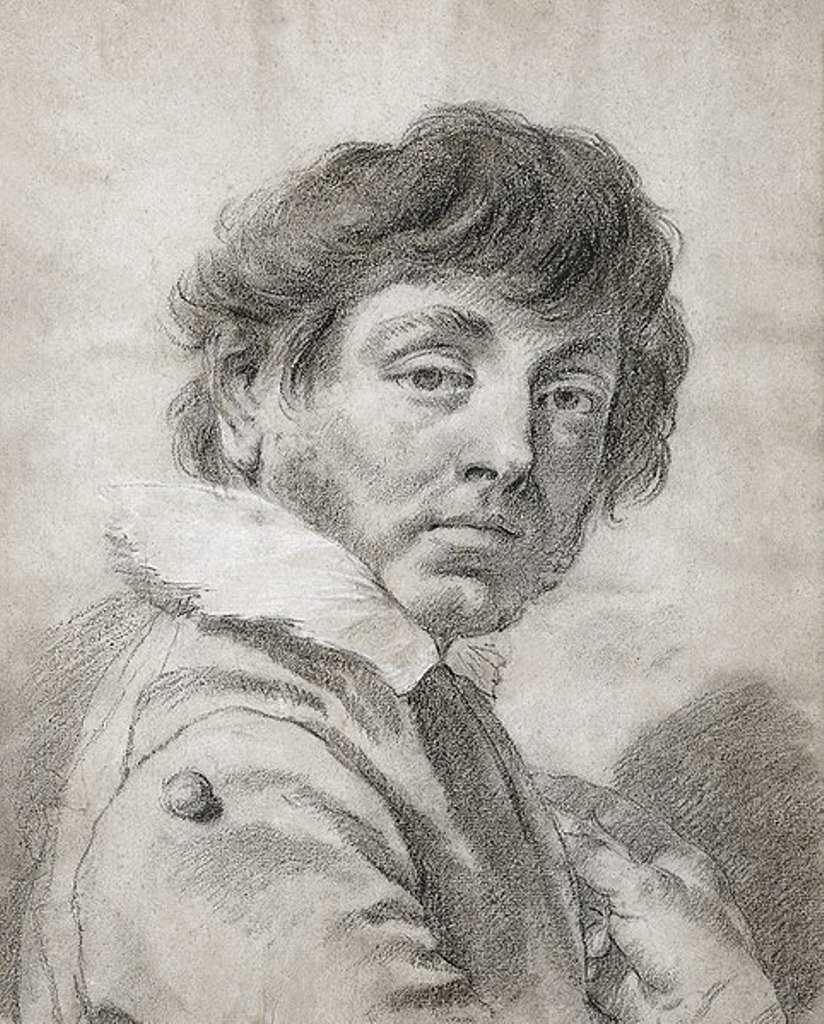
Giovanni Battista Piazzetta was an influential Italian painter known for his mastery in the Rococo style, characterized by its subtle coloring and elegant forms in religious and genre subjects. Born in Venice to a sculptor, Piazzetta initially trained in woodcarving before venturing into painting, where he was influenced by the Venetian Baroque painter Antonio Molinari and possibly by Giuseppe Crespi and Caravaggio's dramatic use of light and shadow.
Giovanni Battista Piazzetta's work is renowned for its emotional depth and complex characters, often imbued with a layering of meanings. His notable works include "The Sacrifice of Isaac," "The Annunciation," and "Susanna and the Elders," which showcase his ability to blend religious themes with a strong sense of humanity. Despite not receiving numerous commissions, he made significant contributions through his book illustrations and was a respected teacher, becoming the first director of the Accademia di Belle Arti di Venezia in 1750.
For art collectors and experts, Giovanni Battista Piazzetta's works offer a unique perspective on 18th-century Venetian painting, highlighting his distinctive style and contribution to the Rococo movement. His paintings, which can be found in various museums and galleries, continue to captivate audiences with their intricate details and emotional resonance.
To stay informed about the latest sales and auction events related to Giovanni Battista Piazzetta, consider signing up for updates. This will ensure you remain knowledgeable about opportunities to acquire pieces by this distinguished artist.



